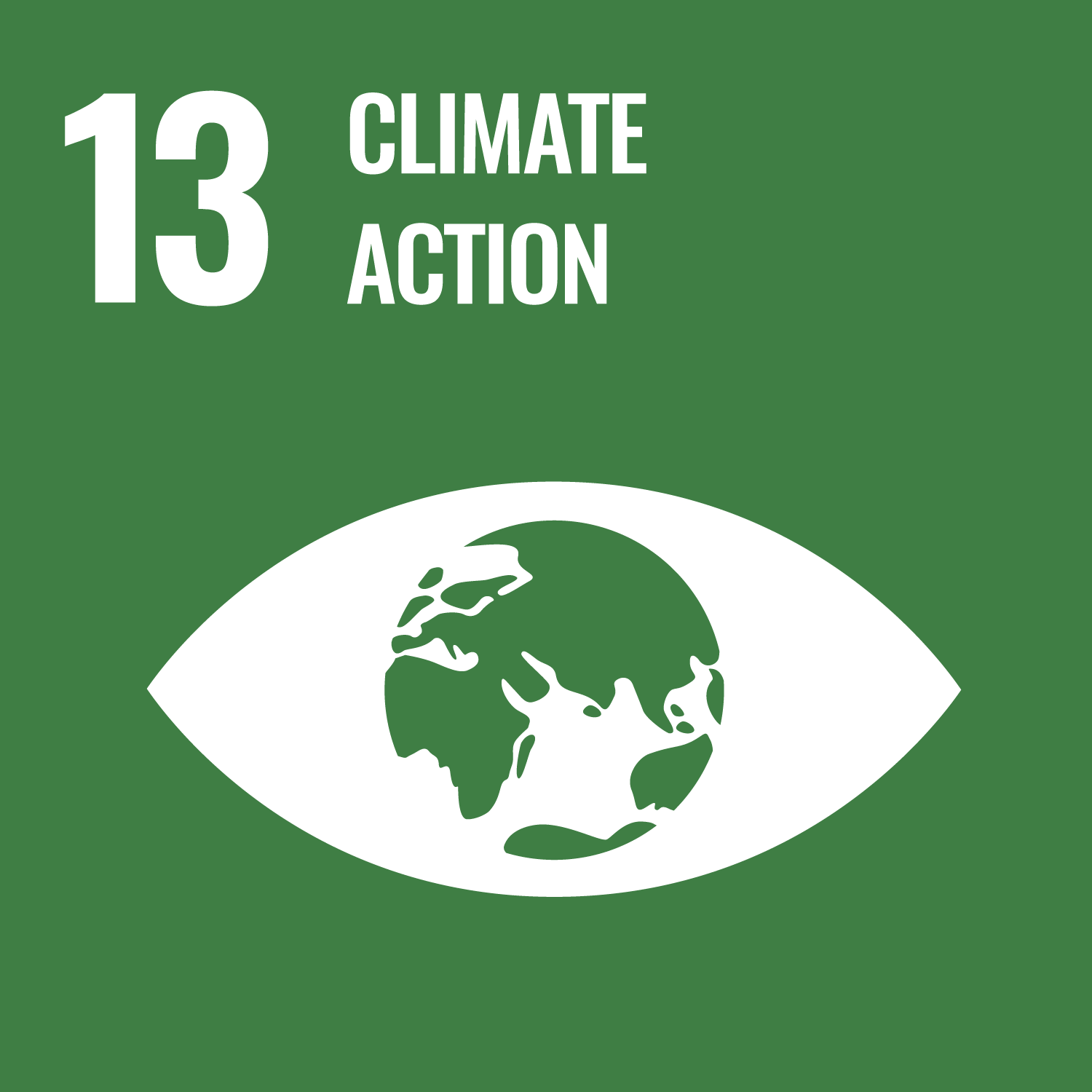Potter, E. orcid.org/0000-0001-5273-1292, Orr, A., Fyffe, C. et al. (10 more authors) (2021) Multi-decadal past and future temperature and precipitation trends in the Peruvian Andes. In: EGU General Assembly 2021, 19-30 Apr 2021, Virtual.
Abstract
The Peruvian Andes contain the vast majority of the world’s tropical glaciers. Warming temperatures due to climate change have caused a dramatic shrinking of these glaciers, posing a threat to water supplies. Two of the most heavily glacierised areas of Peru are the Cordillera Blanca, which includes the Rio Santa River Basin to the north of Peru, and the Cordilleras Urubamba, Vilcabamba, and Vilcanota towards the south.
Due to the topographic and climatic complexity of the regions, spatial variations in precipitation and temperature are high, and spatially distributed high-resolution climate data can offer a crucial tool to understand those variations, in a way which is not possible from limited, individual ground stations. Here we present a new high-resolution climate dataset over both regions, created by bias-correcting Weather Research and Forecasting (WRF) model output at 4 km spatial resolution against observations.
The spatial variation in precipitation differs over the two river basins. In the region of the Cordillera Blanca, precipitation mostly increases with elevation and distance upstream. Around the southern cordilleras, there are regions of greater precipitation near the mountains and glaciers which lie further downstream, but the high elevations of the cordillera Vilcanota, further upstream, are much drier. Analysis of the precipitation and temperature trends from 1980 to 2018 demonstrates a clear warming trend in both regions. The precipitation trends are less uniform, with the Rio Santa showing a general trend for increasing precipitation, but with a less clear trend over the higher, glacierised regions of the valley. Around the Cordilleras Urubamba, Vilcabamba and Vilcanota, there is no clear trend in precipitation over recent decades.
Using a range of CMIP5 models, the high-resolution precipitation and temperature datasets are statistically projected into the future, using quantile mapping. Future trends in precipitation and temperature are analysed over both regions, and the inter-model variability in the CMIP5 models is examined.
Metadata
| Item Type: | Conference or Workshop Item |
|---|---|
| Authors/Creators: |
|
| Keywords: | Earth Sciences; Physical Geography and Environmental Geoscience; Atmospheric Sciences; Climate Action |
| Dates: |
|
| Institution: | The University of Leeds |
| Academic Units: | The University of Leeds > Faculty of Environment (Leeds) > School of Geography (Leeds) > River Basin Processes & Management (Leeds) The University of Leeds > Faculty of Environment (Leeds) > School of Earth and Environment (Leeds) > Inst for Climate & Atmos Science (ICAS) (Leeds) |
| Depositing User: | Symplectic Publications |
| Date Deposited: | 09 Sep 2024 14:31 |
| Last Modified: | 07 Mar 2025 11:01 |
| Published Version: | https://meetingorganizer.copernicus.org/EGU21/EGU2... |
| Status: | Published |
| Publisher: | Copernicus Publications |
| Identification Number: | 10.5194/egusphere-egu21-8669 |
| Sustainable Development Goals: | |
| Open Archives Initiative ID (OAI ID): | oai:eprints.whiterose.ac.uk:216926 |


 CORE (COnnecting REpositories)
CORE (COnnecting REpositories) CORE (COnnecting REpositories)
CORE (COnnecting REpositories)